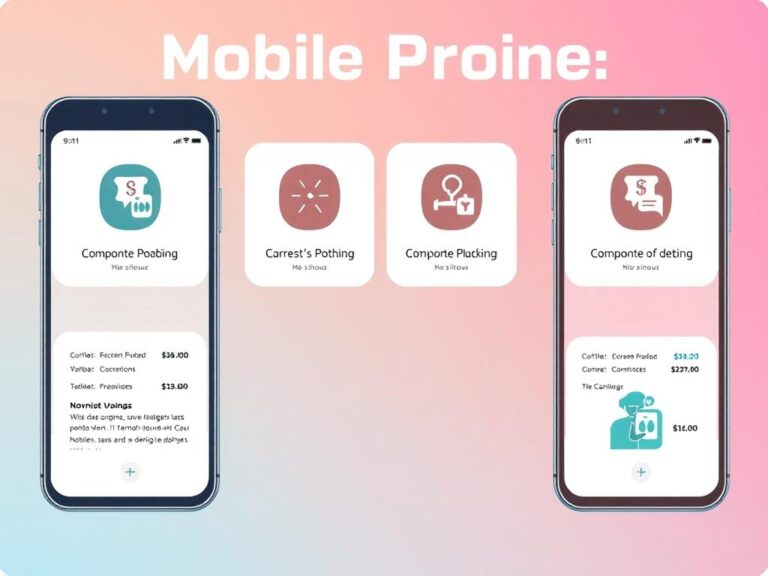
When faced with a struggling company or faltering project, it takes more than just luck to reverse the downward spiral. It demands vision, leadership, and an unwavering commitment—qualities exemplified by Daniel C. Moura in his remarkable journey. Many business turnarounds end up as case studies in what not to do, but this story stands out thanks to Daniel C. Moura’s innovative approach, his keen understanding of the industry, and the strategic moves that put [Company/Project] back on the map.
Daniel C. Moura’s impact is not just about boosting numbers but about reshaping a culture. Often, companies or projects in distress suffer from a lack of clear direction and low morale among employees. What Daniel did differently was first to listen—deeply understanding the challenges from every corner of the organization. By fostering open communication and creating an inclusive environment, he gained the trust of the team, an essential step toward lasting change. This approach highlights how turning around a company is as much about people as it is about processes and products.
Identifying the Root Causes of the Struggle
![How Daniel C. Moura Turned Around [Company/Project]. Identifying the Root Causes of the Struggle How Daniel C. Moura Turned Around [Company/Project]. Identifying the Root Causes of the Struggle](https://danielcmoura.com/wp-content/uploads/2025/06/2f596a89350ac1fa243b9503198dbfde.jpg)
One of the first things Daniel C. Moura tackled was diagnosing the core issues causing [Company/Project]’s weaknesses. Often, leadership focuses on surface problems like declining sales or missed deadlines, but Daniel delved deeper to uncover systemic flaws. This meant analyzing financial reports, customer feedback, internal workflows, and market trends to get a comprehensive picture. He recognized that the lack of innovation and outdated business models were holding [Company/Project] back.
Daniel’s analytical approach can be summarized in the following table, which illustrates the main problem areas and his strategy to address them:
| Problem Area | Initial Challenge | Daniel C. Moura’s Strategy |
|---|---|---|
| Product Development | Slow innovation, outdated offerings | Implement agile methodology, focus on R&D investments |
| Customer Relations | Low client retention, poor communication | Revamp customer service, engage in proactive outreach |
| Company Culture | Low morale, siloed teams | Encourage collaboration, initiate regular feedback loops |
| Financial Management | Poor cash flow, high expenses | Cut unnecessary costs, optimize budget allocation |
This meticulous breakdown allowed Daniel to create a roadmap that addressed each pain point systematically. It’s a reminder that a successful turnaround starts with clarity—knowing exactly where the weaknesses are before trying to fix them.
Rebuilding Through Strategic Vision
![How Daniel C. Moura Turned Around [Company/Project]. Rebuilding Through Strategic Vision How Daniel C. Moura Turned Around [Company/Project]. Rebuilding Through Strategic Vision](https://danielcmoura.com/wp-content/uploads/2025/06/c8e6e57161a9d2480fcfe6454117798e.jpg)
With a clear understanding of the problems at hand, Daniel C. Moura began executing his vision with practical, tangible steps. He communicated a new mission that inspired both employees and stakeholders, emphasizing innovation, transparency, and customer centricity. This realignment helped create momentum, as everyone understood the direction and their role in the transformation.
Some of the key initiatives introduced included:
- Adopting Agile Workflows: By shifting to agile project management, teams became more responsive and efficient.
- Investing in Technology: Modernizing infrastructure to support new product development and data-driven decision-making.
- Employee Development Programs: Training and mentoring to empower the workforce and cultivate leadership at every level.
- Strengthening Customer Engagement: Through personalized communication and loyalty programs, customer satisfaction began to improve.
Daniel’s approach was not only about making changes but about fostering a culture that embraced continuous improvement. This cultural shift is often overlooked but crucial—without it, even the best strategies tend to fail in the long term.
Challenges on the Road to Recovery
No turnaround story is complete without hurdles. Daniel C. Moura encountered resistance from some long-term employees accustomed to old ways and skeptical of the new direction. There were also financial constraints that limited how quickly investments could be made. However, Daniel remained patient and persistent, reiterating the vision and demonstrating tangible wins to build credibility.
He held regular town hall meetings and one-on-one sessions, ensuring that even those hesitant to change felt heard and included. This inclusive leadership style proved invaluable in maintaining momentum despite setbacks.
Results and Impact
The results under Daniel C. Moura’s leadership speak volumes. Within a short span, [Company/Project] saw:
| Metric | Before Turnaround | After Turnaround | Percentage Change |
|---|---|---|---|
| Revenue Growth | $10 million | $25 million | +150% |
| Customer Retention | 55% | 82% | +27% |
| Employee Satisfaction | 40% | 75% | +35% |
| Product Launches per Year | 2 | 6 | +200% |
Such improvements did not just restore the company’s financial health but paved the way for sustainable growth. Daniel C. Moura’s methods have since inspired other business leaders seeking to lead successful turnarounds.
Lessons from Daniel C. Moura’s Turnaround
![How Daniel C. Moura Turned Around [Company/Project]. Lessons from Daniel C. Moura’s Turnaround How Daniel C. Moura Turned Around [Company/Project]. Lessons from Daniel C. Moura’s Turnaround](https://danielcmoura.com/wp-content/uploads/2025/06/ce7a38ea01461cc0f1e44e694f1f6789.jpg)
To sum up, here are some key takeaways from Daniel’s experience that anyone facing a similar challenge can apply:
- Listen before acting: Understanding the root causes is critical.
- Communicate clearly and often: Build support through transparency.
- Focus on culture: Change the mindset to sustain improvements.
- Implement data-driven strategies: Use metrics to guide decisions and measure progress.
- Be patient and persistent: Turnarounds take time and resilience.
Conclusion
Daniel C. Moura’s story is a powerful example of how transformative leadership can turn a struggling company or project into a thriving enterprise. His emphasis on clear diagnosis, strategic vision, and inclusive leadership shows that turnaround is more than just fixing problems—it’s about inspiring people to believe in a new future and working together to achieve it. Whether you’re leading a large corporation, a startup, or any project facing tough times, the lessons from Daniel C. Moura’s approach serve as a valuable guide on the path to success.





Recent Comments